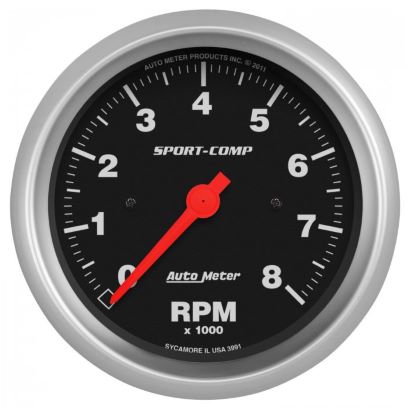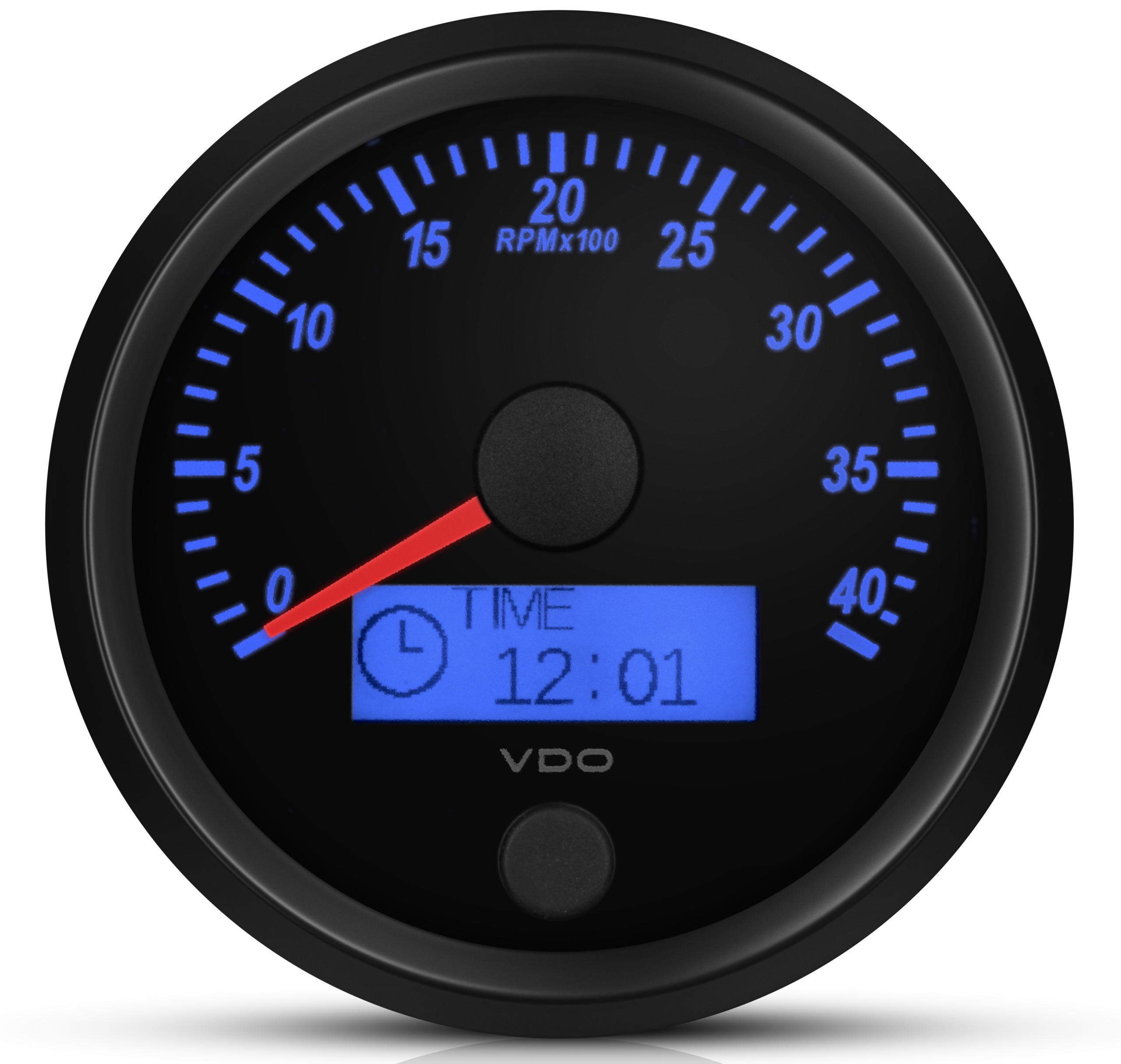Discover Exactly How a Tachometer Can Enhance Your Automobile's Performance
Discover Exactly How a Tachometer Can Enhance Your Automobile's Performance
Blog Article
The Value of a Tachometer in Keeping Track Of Engine Rate and Performance in Automotive Applications
In the world of automobile design, the tachometer stands as a critical tool in the driver's collection, offering a direct window right into the inner workings of a car's engine. Beyond its feature as a plain scale of transformations per minute (RPM), the tachometer works as an essential device for fanatics and specialists alike, using real-time insights right into engine efficiency and health and wellness. Understanding the relevance of this gadget goes beyond surface-level monitorings, diving right into the complex partnership between engine rate, power output, and general driving experience. As we check out the diverse role of the tachometer in automotive applications, a much deeper gratitude for its effect on automobile dynamics and performance begins to emerge.
Significance of Keeping An Eye On Engine RPM
Monitoring engine RPM, or revolutions per minute, is an essential aspect of automotive upkeep and performance analysis. Engine RPM directly correlates with the speed at which the engine's crankshaft turns, showing exactly how swiftly the engine is running - tachometer. By monitoring RPM, auto mechanics can examine the wellness of the engine, identify potential problems, and fine-tune performance. An uncommon RPM analysis may indicate problems such as engine misfires, malfunctioning ignition system, or issues with the fuel distribution system. Regularly high RPM analyses could indicate aggressive driving routines or the need for a greater gear change to boost gas performance.
Furthermore, checking engine RPM is necessary for efficiency analysis in auto racing and high-performance vehicles. In recap, keeping an eye on engine RPM is not only crucial for identifying issues however also for optimizing engine efficiency in different automotive applications.

Benefits of Real-Time Data
In vehicle applications, real-time information plays an essential role in providing immediate understandings right into the performance and problem of the lorry. By continuously monitoring various parameters such as engine rate, temperature level, fuel usage, and much more, real-time data supplies many benefits that add to improved efficiency and safety when traveling.
One significant benefit of real-time information is its capability to sharp drivers and service technicians to any type of abnormalities or concerns quickly. This aggressive approach enables quick identification of possible problems, enabling for prompt treatments to avoid more damages or malfunctions. In addition, real-time data assists in efficiency optimization by supplying instant comments on driving practices and engine effectiveness. Chauffeurs can adjust their behavior in real-time based upon this information to accomplish far better gas economic situation and extend the life-span of their automobile.

Additionally, real-time data plays an essential duty in contemporary automobile diagnostics, making it possible for technicians to rapidly detect and resolve breakdowns. This brings about minimized downtime, lower upkeep costs, and eventually, boosted general lorry dependability read this and long life (tachometer). By taking advantage of the power of real-time information, automobile stakeholders can make informed decisions that positively influence both the efficiency and long life of the lorry
Effect On Gear Shifts
The tachometer plays an important function in enhancing equipment shifts by providing real-time engine speed data to the driver. When approaching the redline on the tachometer, it signals the chauffeur to upshift to avoid over-revving the engine and triggering prospective damages.
Additionally, the tachometer aids in accomplishing smoother gear shifts, especially in hand-operated transmissions. By keeping track of engine speed, chauffeurs can perform gear shifts at the optimal RPM range, lowering jerking activities and lessening endure the transmission components. This precision in equipment changes not just enhances driving comfort but additionally adds to fuel performance.
Enhancing Fuel Efficiency
Offered the essential function the tachometer plays in enhancing gear shifts for performance and engine wellness, it directly contributes to taking full advantage of gas performance in vehicle applications. By offering real-time responses on engine rate, the tachometer helps my company drivers in maintaining the most reliable RPM variety for gas economic situation. When chauffeurs regularly keep track of the tachometer and adjust their driving practices accordingly, they can prevent unneeded gas usage brought on by over-revving or carrying the engine.
Furthermore, the tachometer aids chauffeurs determine the most fuel-efficient gear to be in at any type of given minute, preventing the engine from functioning tougher than required. In conclusion, the tachometer serves as a valuable device in boosting gas efficiency by advertising optimum driving routines and recognizing locations for renovation in the vehicle's performance.

Taking Full Advantage Of Engine Durability
The tachometer's duty in monitoring engine rate and efficiency contributes see in ensuring the durability of auto engines. By making use of the tachometer successfully, vehicle drivers can optimize engine durability through conscious RPM administration. Constantly revving an engine as well high can bring about excessive damage on essential elements, such as the pistons, valves, and bearings. Over time, this can lead to decreased engine performance and potential malfunctions. Keeping track of the tachometer enables drivers to stay within the advised RPM range for their car, preventing unneeded strain on the engine and expanding its life expectancy.

Conclusion
To conclude, the tachometer plays a crucial function in checking engine rate and efficiency in automotive applications. By offering real-time data on RPM, it allows for efficient equipment changes, boosted fuel effectiveness, and made the most of engine long life. This tool is vital for keeping optimum engine performance and ensuring the total performance of a car.
Report this page